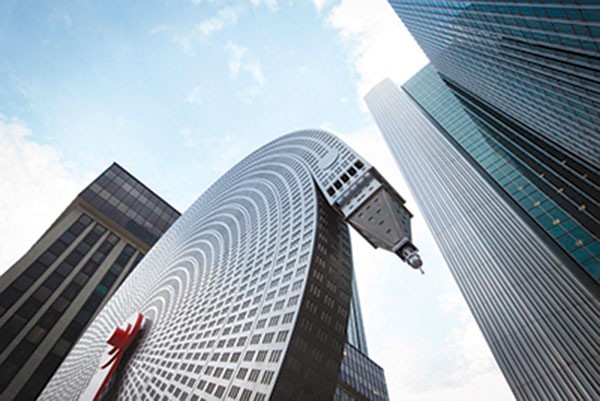Dear Laurel Foundation: You do great things for Pittsburgh and Southwestern PA, so why must you continue to subject us to Seward Johnson sculptures? It was bad enough when the sculptures were life-size (last year's "Man on the Street" series), but now we have to deal with one 20 feet tall! This travesty in PPG Plaza, while referencing real art by Renoir, is neither replica nor parody, and therefore gives us nothing whatsoever to contemplate besides scale.
In most public sculpture, scale lends drama. Remember the giant rubber duck? But like Jeff Koons's "Split-Rocker," which currently dominates New York's Rockefeller Center Plaza, the duck referenced a kitschy toy, conjuring issues not just of of scale but of whimsy, nostalgia, popular culture and the ready-made.
Fortunately, Downtown has other monumental sculptures to ponder: three by Alexandre Arrechea, temporarily installed for the Three Rivers Arts Festival. From his series No Limits, each references a different iconic building in New York City. Shiny, streamlined and made of steel, they are not exact reproductions, but appear like massive toys. And Arrechea alters them by making them appear elastic. "Metropolitan Life Insurance" and "Seagram" are curled like hoses: "Met Life"'s top points toward the ground, while "Seagram" uncoils in a squiggle from a giant red spool. "Courthouse" remains upright but is mounted on a stand that lets it tilt horizontally like a barrier — a metaphor for justice.
Originally installed on Park Avenue, in New York, the series honors some of the artist's favorite icons for their beauty, as well as critiquing their individual histories. As a whole, Arrechea's series comments on how cities expand and contract over time based on economics, disasters and population.
Most cities are a mix of new and old. Some buildings survive while others are razed. Tastes change, political administrations come and go, and perspectives shift. Arrechea captures this by playing with the normally static and vertical shapes of buildings that represent money and power, success and failure.
While the sculptures represent buildings in New York, the commentary is not lost here, where cranes dot the skyline and the sounds of construction can be heard almost daily, in neighborhoods throughout the city. Buildings might look static, but ultimately they emerge from a space where ideology meets reality.















